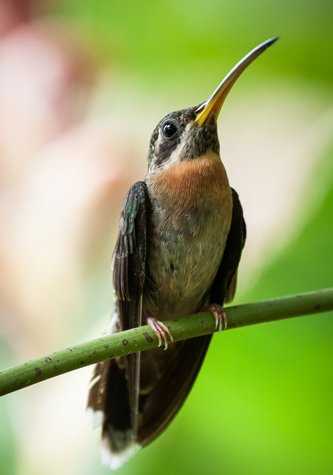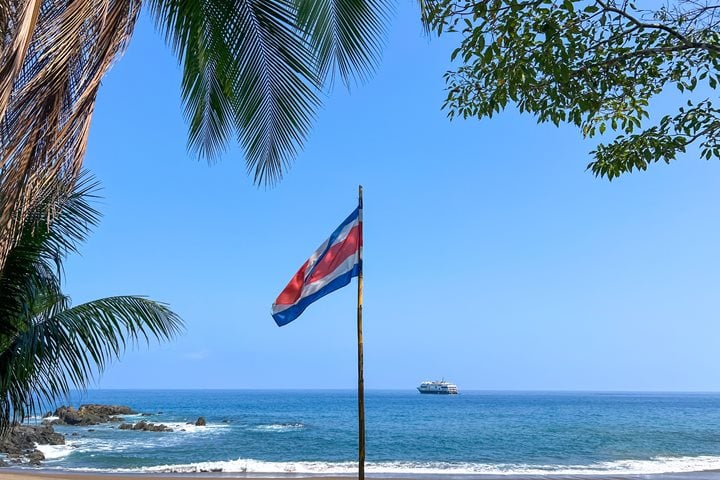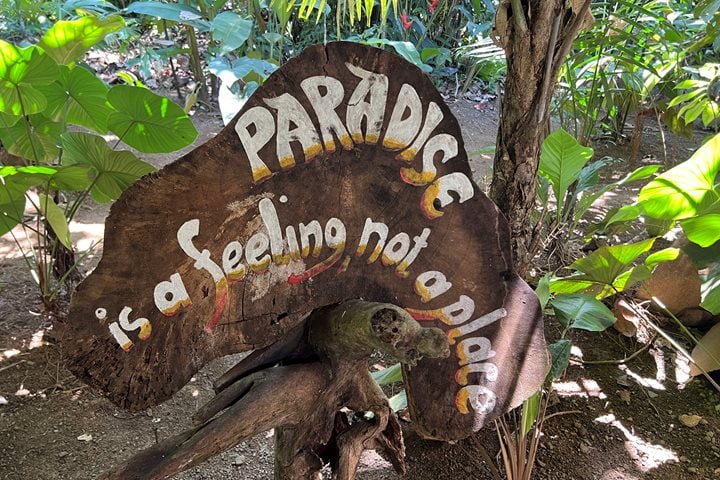This morning quite early we entered the tranquil waters of Golfo Dulce, on the southernmost tip of Costa Rica, our last stop in this beautiful country.
Golfo Dulce has very deep waters, and little exchange with the open ocean, so the waters here are particularly calm. During the morning we visited Casa Orquideas, the botanical garden created by Trudy and Ron McAllister, two American expatriates who have been living in this remote area of Costa Rica for the last 30 years. Casa Orquideas is a great place to see and photograph many of the plants, fruits, and flowers of the tropics. In addition, many birds are also easily seen here.
During our morning walk some of our guests walked with a naturalist and some others scattered to all corners of the property to see and photograph at their own pace the vast variety of colorful flowers in bloom, the different patterns and shapes of fruits and leaves displayed for us to enjoy today. While we walked, scarlet macaws constantly flew back and forth over our heads, with their loud squawks and brilliant plumage.
So, among the many plants observed we had also great looks at many of the birds of the tropics, like palm, cherry, blue-gray, and golden-hooded tanagers, golden-naped woodpeckers, thick-billed euphonias, gray-capped flycatchers, long-billed hermits, and band-tailed barbthroat hummingbirds among others.
After our walks the guests were offered an opportunity to refresh themselves swimming from the fantail in the waters of the Golfo Dulce Bay.
For the afternoon, National Geographic Sea Lion repositioned to the nearby port of Golfito, where we visited the mangroves and adjacent vegetation by Zodiac or under our own power by kayak. The mangrove forest is an important ecosystem that builds and protects the coastline at the estuaries of rivers along tropical coasts around the world. Many open sea fish start their lives here, and many birds live and roost here overnight in what ornithologists call “communal dormitories.”
Aside from these interesting salt-tolerant trees we could also observe many of the creatures that live here, like little blue herons, snowy and great egrets, ringed kingfishers, spotted sandpipers, and white ibis. We were very happy to observe again today some of the monkey species found in Costa Rica: white-throated capuchin monkeys and mantled howlers going on with their lives as they easily move through the high canopy of the forest, making good use of their prehensile tails.
A well-spent last day in Costa Rica, and in preparation for what is to come tomorrow in the islands of Panama, and eventually the Panama Canal.







